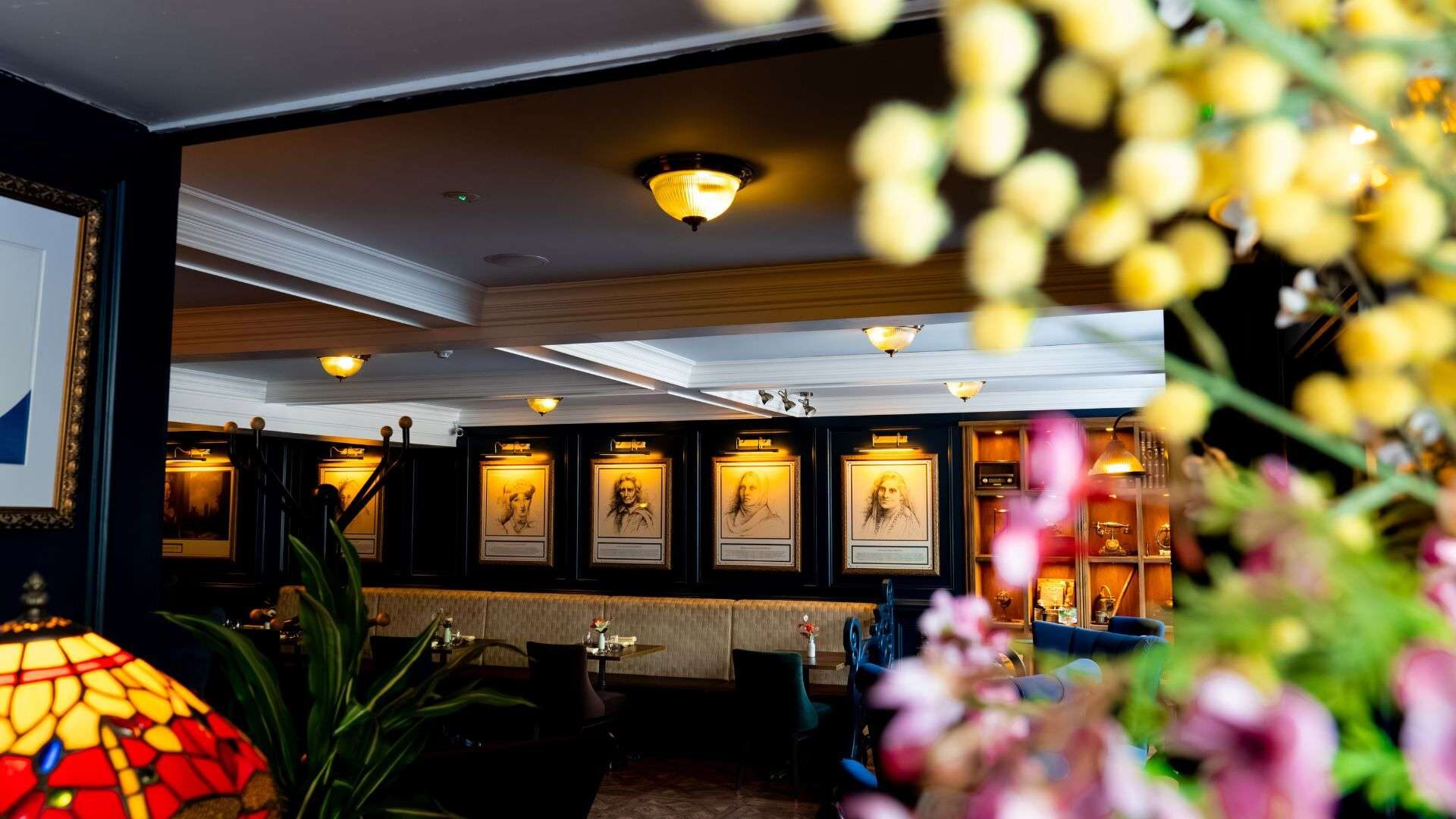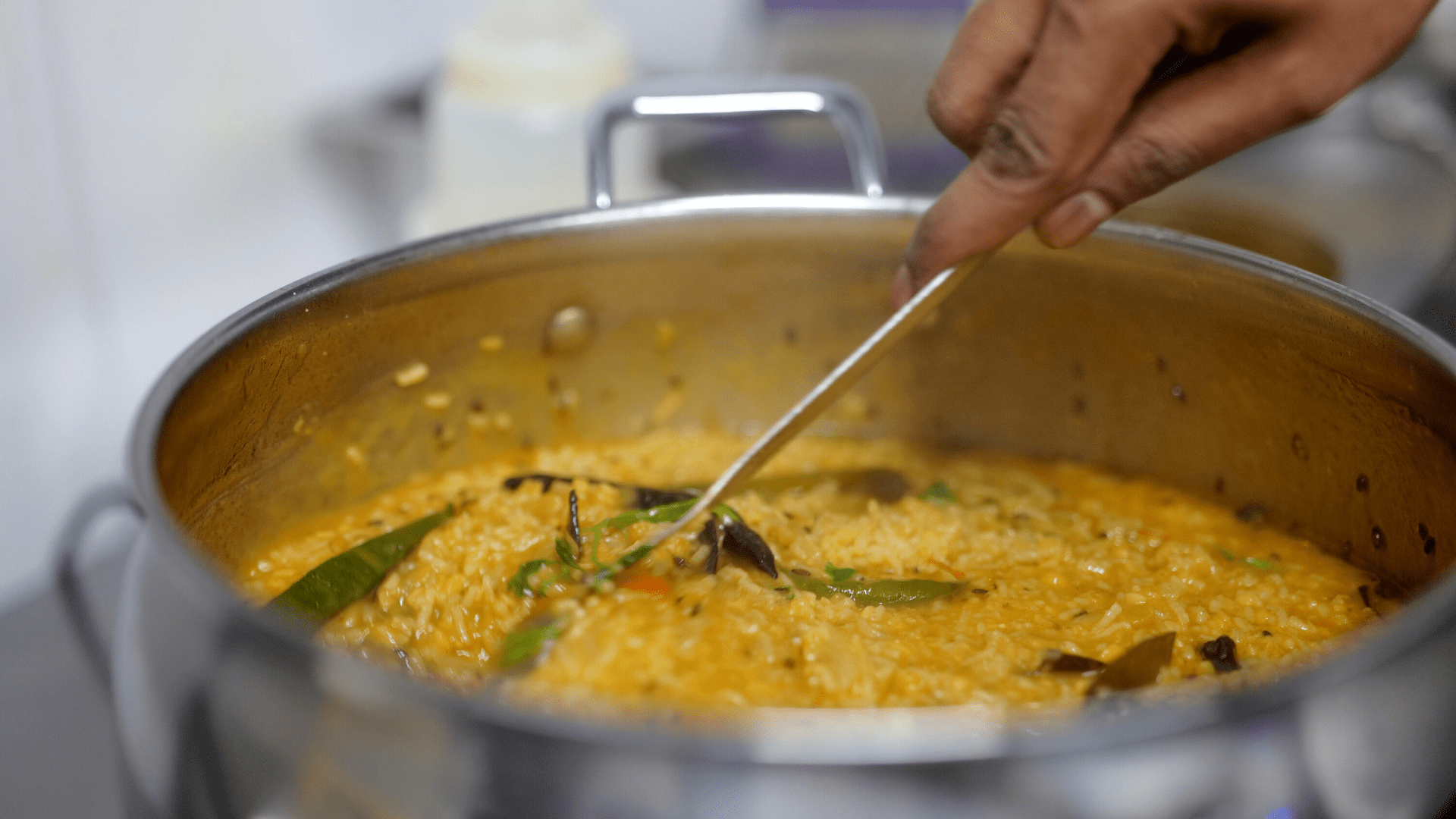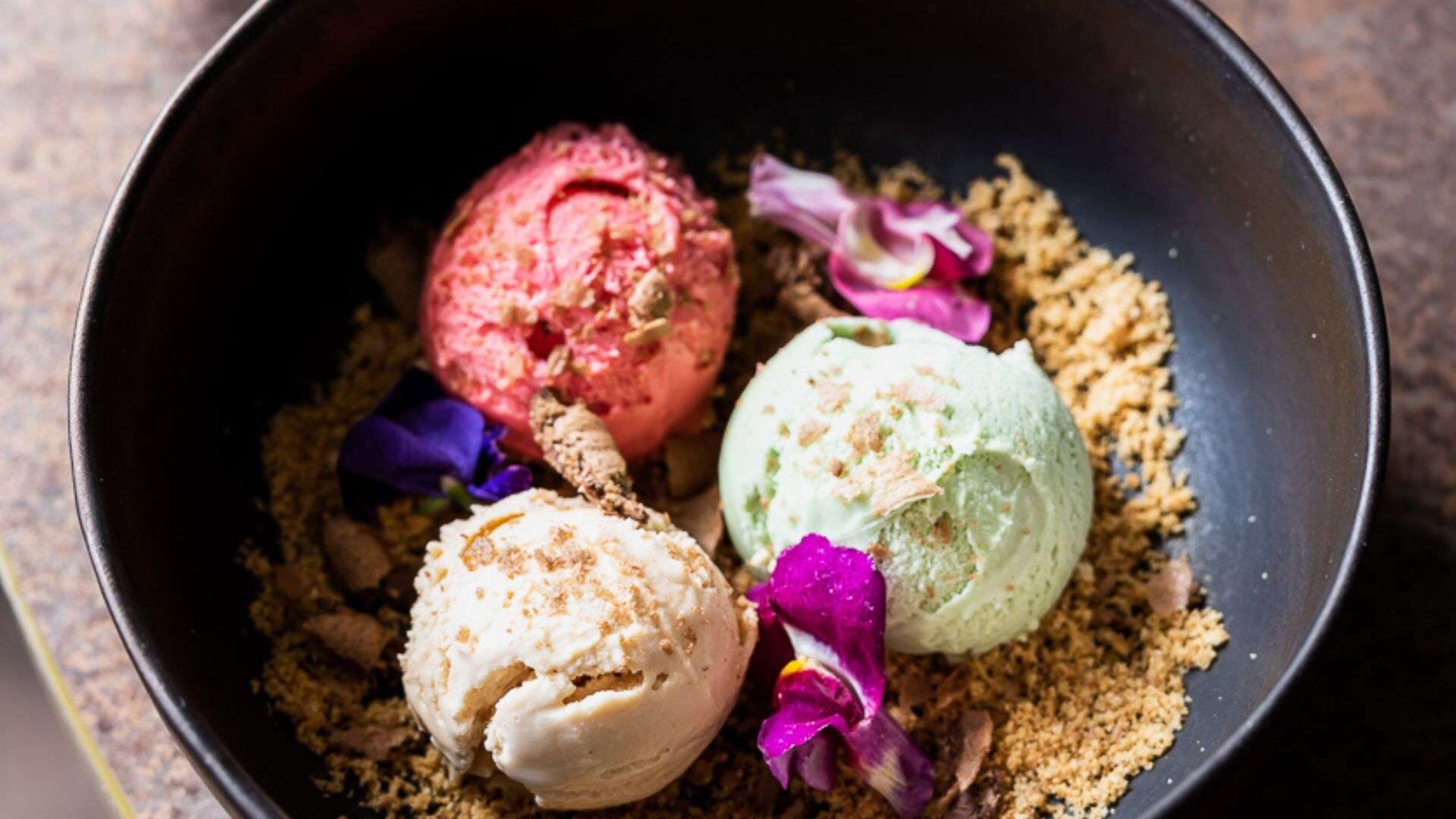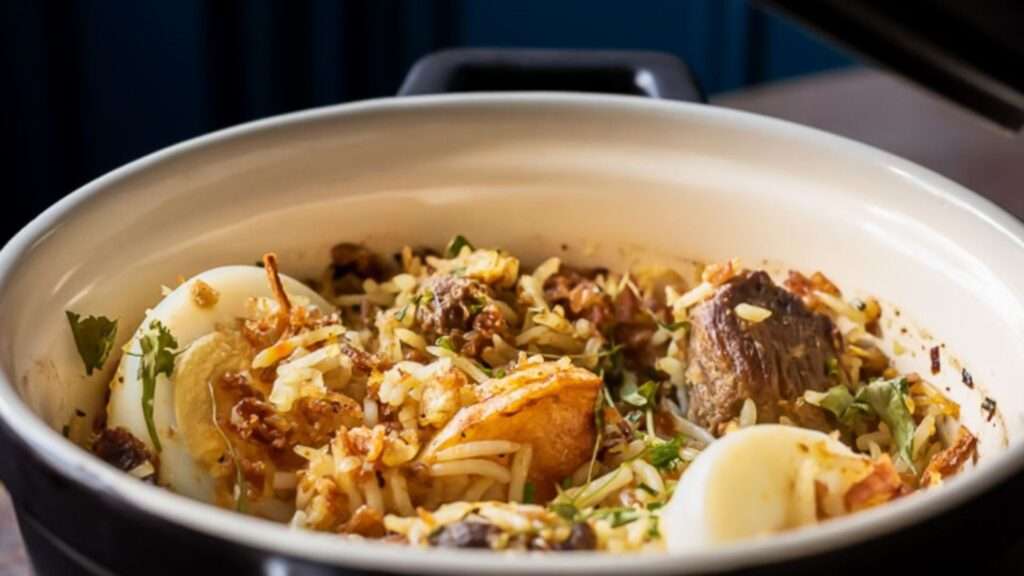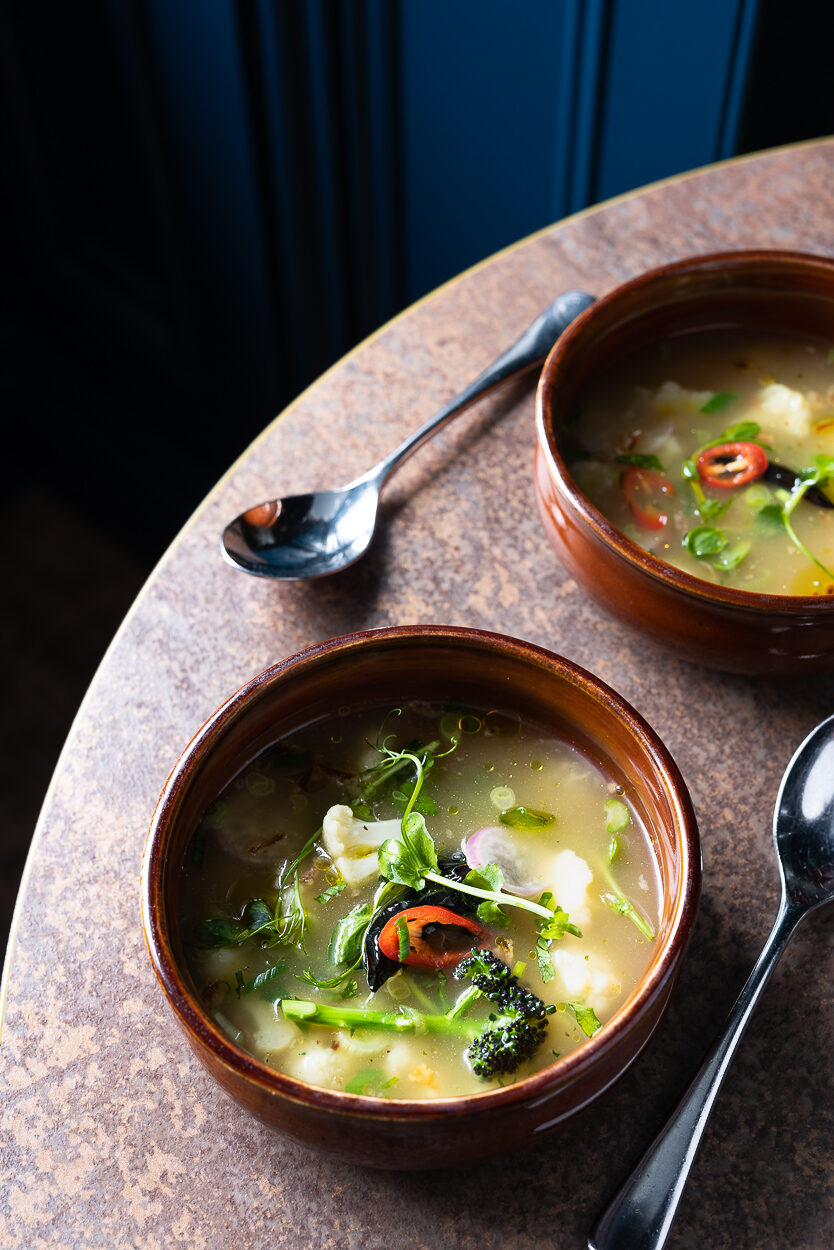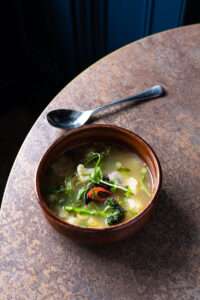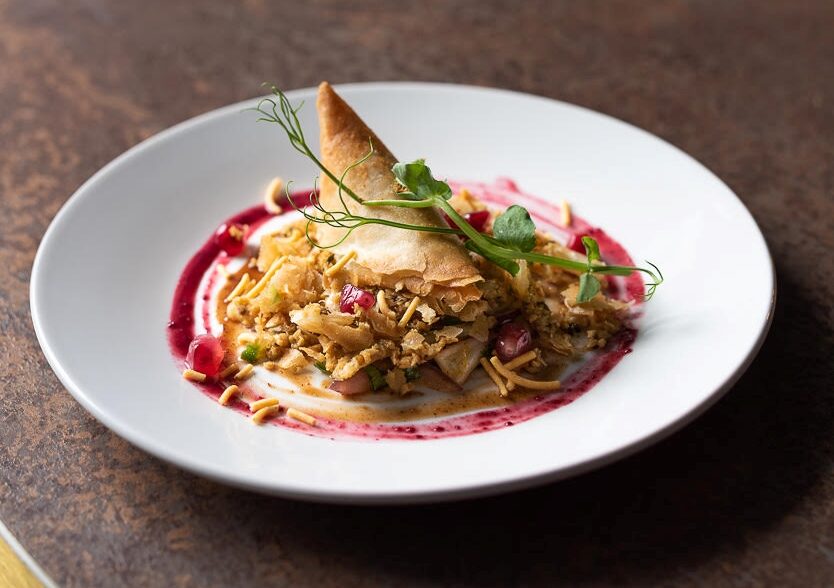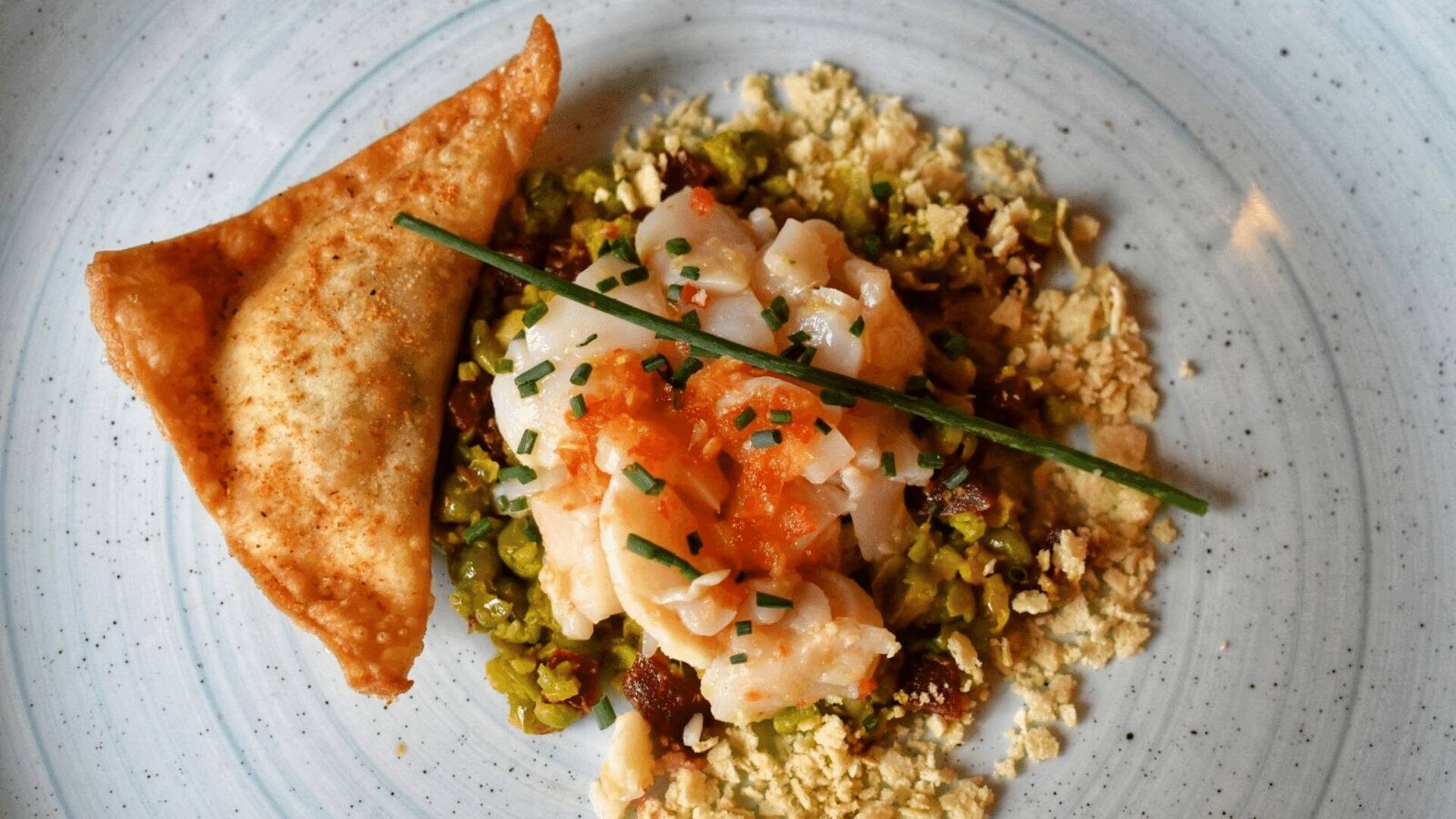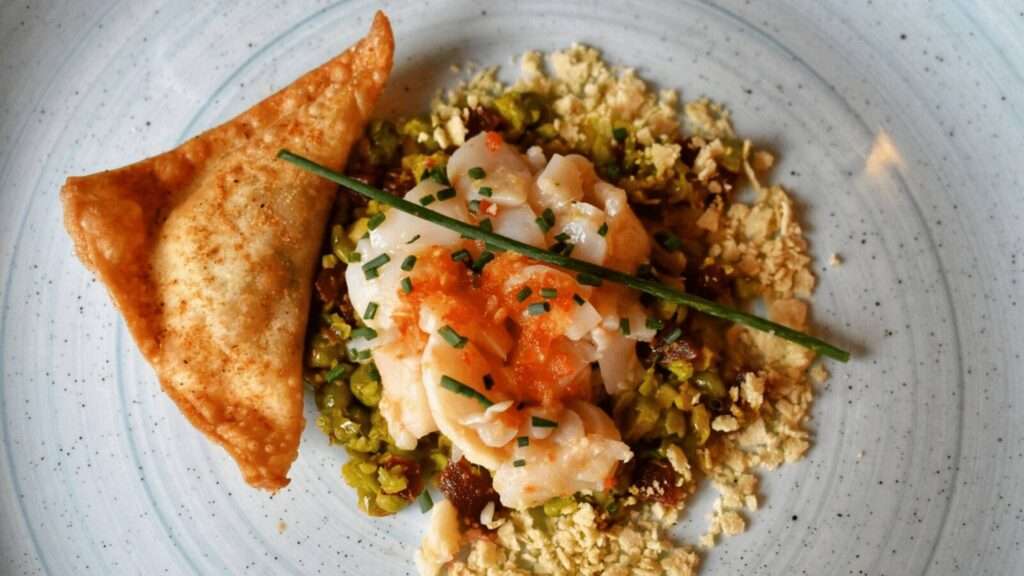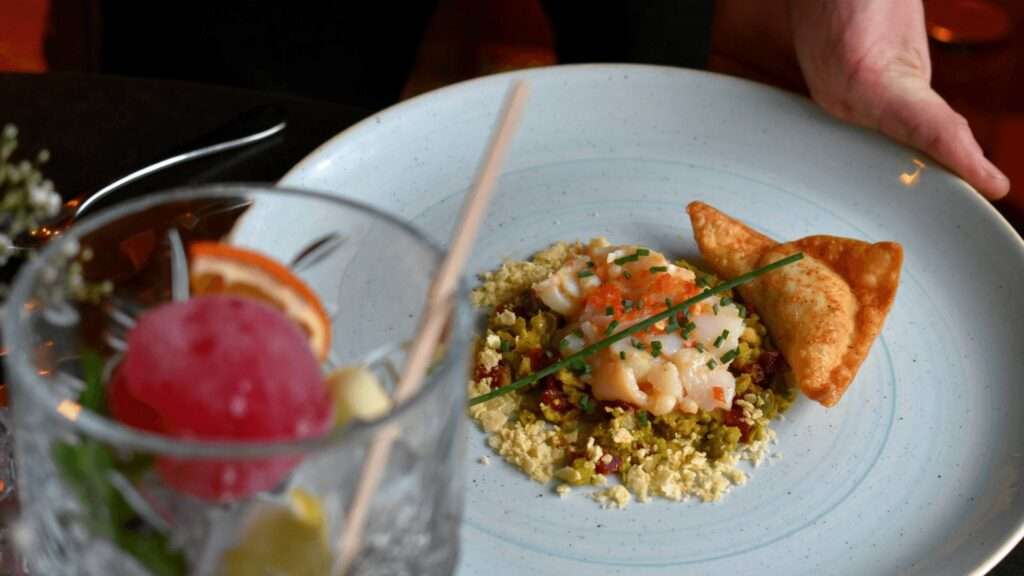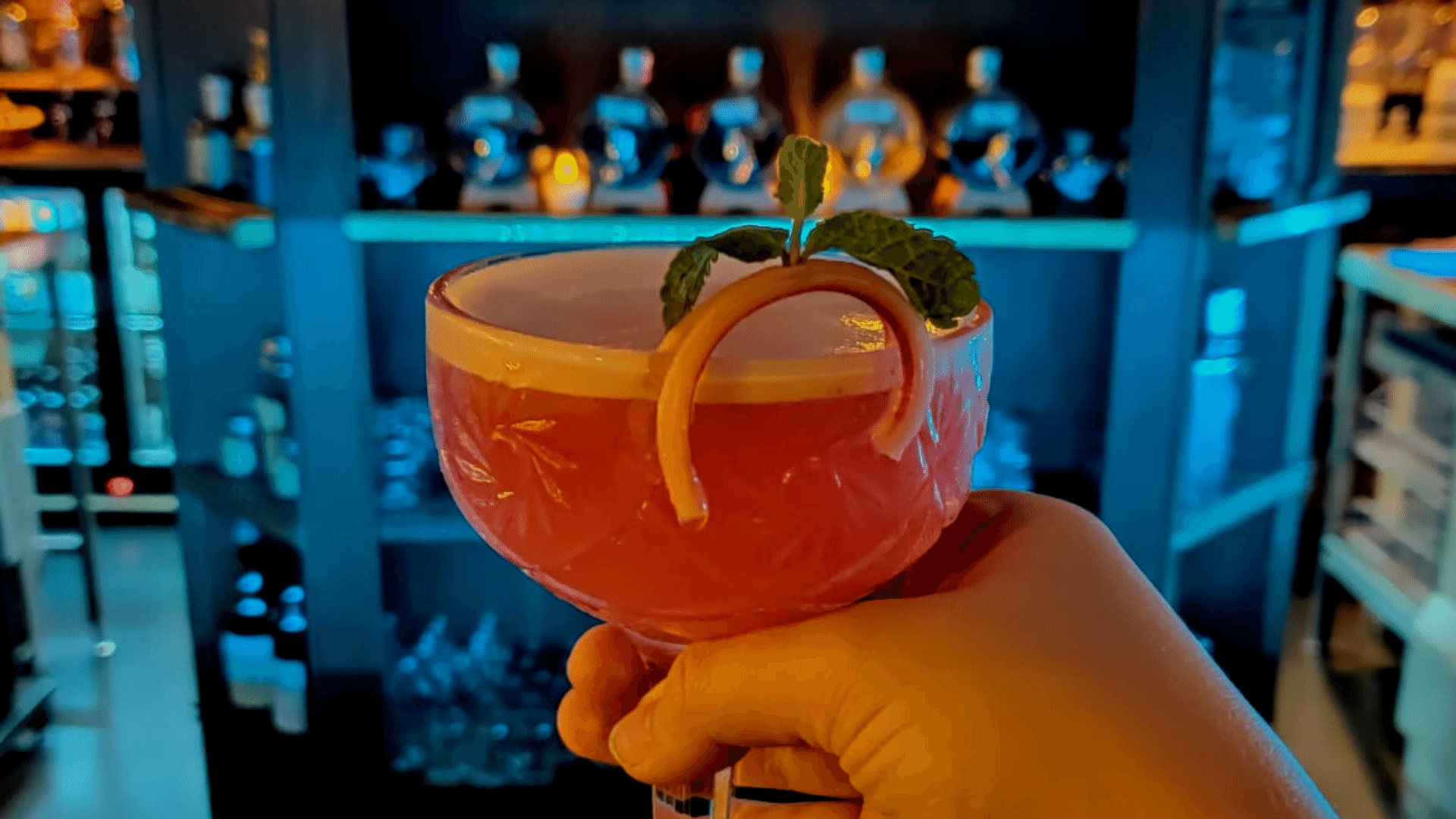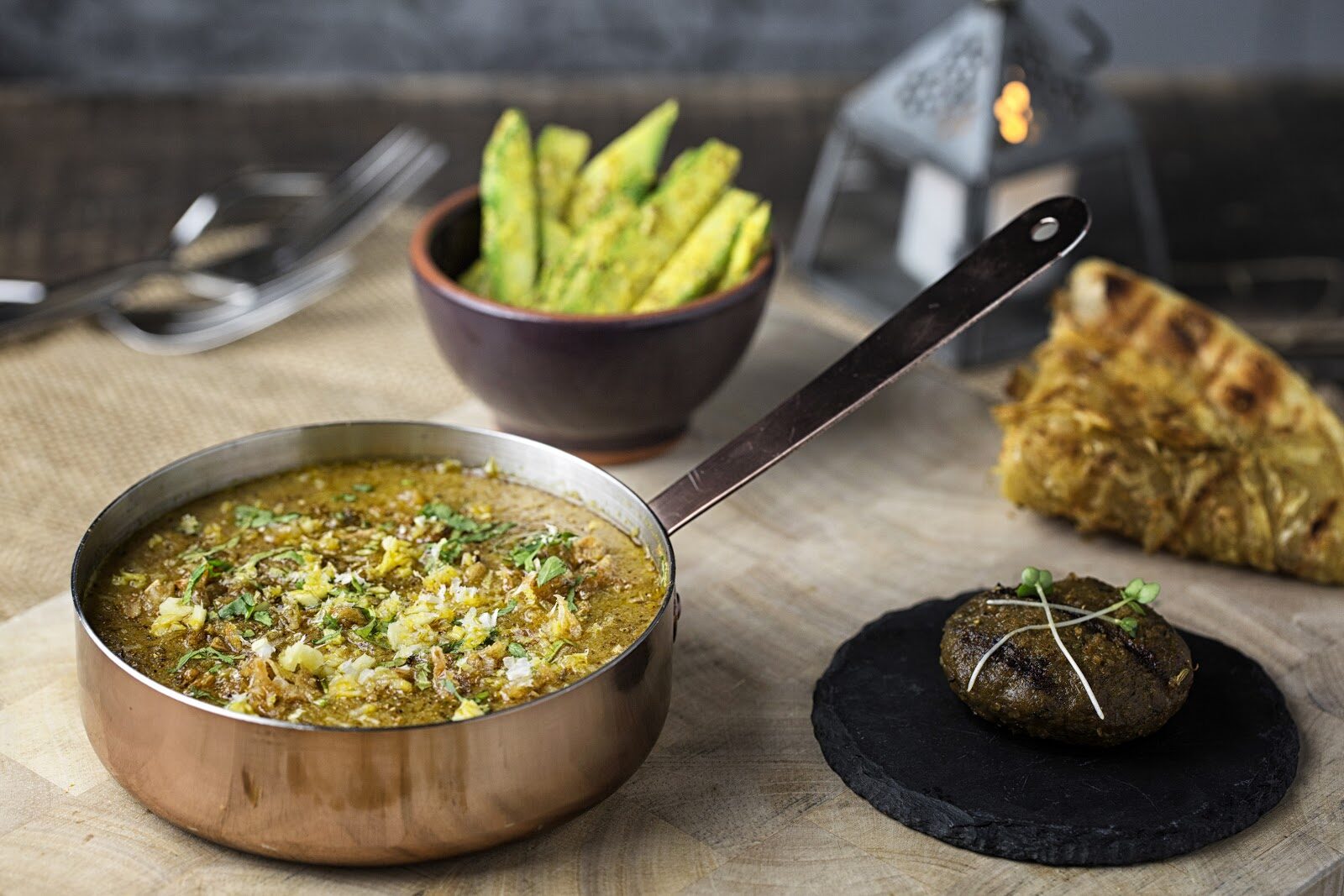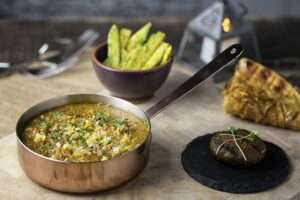Mostbet Casino
Mostbet is the best online betting company that offers sports to bet on 97
Bu konuda daha fazla bilgi edineceksiniz ve bu raporun sonraki bölümünde bunun neden Mostbet’te böyle olduğunu öğreneceksiniz. Mostbet’ten para çekme, geçerli bir ödeme yöntemine sahip oldukları sürece, konuma bakılmaksızın tüm müşteriler tarafından kullanılabilir.
- İletişim ayrı olarak gerçekleştirilir, ancak yine de kendinizi – tanımlamanız gerekir.
- Kullanıcı ücretli etkinlikler hakkında ücretsiz bahisler yapmışsa, bahisler değil.
- Bir Mostbet hesabına kaydolduktan sonra, web sitesinde veya mobil uygulamada oyun oynayabilirsiniz.
- Kanolarla geziye katılıp bölgenin tek yerleşim yeri olan meşhur Müslüman köyü Panyee’de öğle yemeğimizi alıyoruz.
– Aviator oyunlarından oluşan seçenekleriyle, bahis oynarken aralarından seçim yapabileceğiniz çok şey olacak. Ekibe e-posta, telefon veya canlı sohbet yoluyla ulaşılabilir ve 7/24 hizmetinizdedir. Mostbet güncel giriş adresine erişmeden önce BTK tarafından kısıtlamalara tabi tutulacağınızı söyleyebilirim. Ülkemizin en çok sevilen ve kazandıran casino sitesi olan Mostbet casino sitesidir.
resmi site Casino Mostbet para için Mostbet çalışma aynasında çevrimiçi oynayın, kayıt olun
Şirketin izleyicisinin sürekli – büyümesi, kullanıcıların güveninin yüksek seviyesinin bir başka kanıtıdır. Mostbet, çeşitli spor ve casino oyunlarında bahis servisi sağlar ve tüm bu oyunlara mobil uygulamada erişilebilir. Çoğu bahis, hizmet politikasında yer alan tüm bu koşullara uymak zorundadır.
Bu, şirketin güvenilir olduğu ve oyunculara büyük kazançlar ödeyebileceği anlamına gelir. Yetkililer tarafından kontrol sağlandıktan sonra işlemlerinizi inceleyip hoşgeldin bonusu sahibi olabilirsiniz. Dünyanın herhangi bir yerinde bahis oynayabilirsiniz, uygulamayı indirmeniz yeterlidir. Mobil sürüm Android/ iOS işletim sistemi olan akıllı telefonlarında ve tabletlerinde desteklenir. Tarayıcı sürümünüzdeki özelliklerin tümü sizi bekliyor, ancak daha basit bir arayüzle ve mümkün olan en hızlı yükleme ile.
Mostbet Hesabım Durduk Yere Donduruldu.
Aksi takdirde, ayrıntılı bir istekle teknik destekle iletişime geçemez, hesap engellemeyle ilgili zamanında bildirim alamazsınız vb. Bahis şirketindeki her profil belgeler yardımıyla onaylandığından, erişiminizi kaybetseniz bile postayı değiştirmek zor olmayacaktır. Sitedeki özellikle deneyimlediğim uçak oyunlarında jetx ve aero tuşlarda basmama gibi bir sorun var çeşitli bahaneler yazıyorlar. Wi-Fi’den ekran kaydı alıp gönderdim, fakat hala sorunum çözülmedi mostbetbahisturkey.com.
- Bu, depozitonuzun güvenliği için her oyunun arayüzünü güvenli bir şekilde tanımanıza olanak tanır.
- Free spin bonusu, oyuncuların slot makinelerinde ücretsiz dönüş yapmalarına olanak tanır ve böylece kazanma şanslarını artırır.
- Bonus programı, doğrudan bahis sitesi kullanıcıları için oynamak için motivasyondur.
- Bu bahis şirketi Türkiye’de yasal olarak faaliyet gösteriyor ve tüm kullanıcılar yasalarla güvenilir bir şekilde korunmaktadır down load mostbet app.
- Ancak, kayıt sırasında yanlış bilgi verirseniz hesabınızın engellenebileceğini unutmamalısınız.
- Yla kullanı cı lar Mostbet ü zerinden adil bir ş ekilde bahis oynayabilmektedirler.
Ana hoşgeldin bonusunun yanı sıra, bahis şirketinin düzenli Mostbet bonusları da mevcuttur. Yüksek profilli spor ve siber spor etkinliklerine bahisler, belirli casino oyunlarında iyileştirilmiş koşullar vb. Ekranın üst kısmındaki “Promosyonlar” düğmesine tıklayarak promosyonlara gidin. İlk başta, şüpheli suçlunun bahisleri iptal edilebilir veya para çekme işlemleri kısıtlanabilir. Bunlar, rekabetçi çevrimiçi oyun dünyasındaki etkinlikler üzerine oynanan bahislerdir. Counter-Strike, Dota 2, League of Legends ve Valorant gibi oyunlar düzenli olarak oynanmaktadır.
Access to Mostbet from Turkey
Bağlantı konumlarına özel değişebilen tema ve yazı dilleri kolay kullanıma yardımcı oluyor. Mostbet casino, Türkiye ve Avrupa şampiyonaları da dahil olmak üzere çeşitli liglerde sporlara canlı bahis sunar. Son zamanlarda artan bahis oyunları sonucunda bahis severler de fazlasıyla artmıştır.
- Ayrıca, ortaklar kârlarını artırmak için kullanabilecekleri özel promosyonlara ve bonuslara erişim elde ederler.
- Mostbet’te online casino oyunları oynamak için önce bir hesap açmanız gerekir.
- Belirli bir durumda her bir sembolün ne kadar kazandığını öğrenmek istiyorsanız, madalyonun solundaki “i” sembolüne tıklamanız yeterlidir.
- Ek olarak, Mostbet Tr ve Az sitesinde canlı oyunlara ve casinoya ayrılmış bir bölüm vardır.
Bu finansal robotu kullanırsanız gelecek hakkında endişelenmenize gerek yok. Bu çevrimiçi bahis bürosu ana sayfada bekleyebileceğiniz her şeyi yönlendirir. Apk indirme seçeneğini kullanmak için önce bahis şirketinin web sitesine gitmelisiniz – bunun için aktif bir ayna gerekebilir. Mostbet, çeşitli spor dallarında canlı bahis sunan bir çevrimiçi bahis sitesidir.
Türkiye’de Mostbet Online Bahis Şirketi
Tüm ek seçenekler ancak belgeler kulübün güvenlik servisi tarafından kontrol edildikten sonra kullanılabilir hale gelecektir. Mostbet üyelik adına de uma firmanın ana sayfasının sağ üst bölmesinde yer alan kayıt seçeneğine tıklamış olmanız beklenmektedir. Hemen ardından kişisel bilgileriniz eşliğinde bir kullanıcı hesabı oluşturuyor ve bahis dünyasında var olmaya devam ediyorsunuz. Bu nedenle, bu tür bahisleri yapmadan önce, dinamikleri dikkatlice okumak önemlidir. Maç öncesi modda (yani buluşma başlamadan önce) bahis yapma fırsatına ek olarak, Mostbet bahisçisinin ofisinin bahisçileri Canlı bahis de oynayabilir.
- Hemen hemen herkes, çoğu bahis şirketinde ücretsiz oynamaya başlayabileceğinizi bilmiyor.
- Buna ek olarak, Mostbet kişisel ve finansal bilgilerinizi korumak için en gelişmiş güvenlik önlemlerini kullanır.
- Arkadaşını davet et bonusunda ise arkadaşınızın yatırımından %40 bonus alınır.
- Aviator oyunu taktiklerini aviator uçak oyunu oynayan bahisçiler sık-sık paylaşıyorlar.
- Site ayrıca hareket halindeyken oynamayı tercih eden kullanıcılar için bir mobil uygulamaya sahiptir.
Kişisel dolap alanı, hesabınızı yönetmek için ihtiyacınız olan tüm seçenekleri içerir. Slotun bu versiyonu, şansınızı denemenizi ve adrenalinin gerçek bir kısmını almanızı sağlar. Ek olarak, başarılı bir oyun kullanıcıya iyi bir kâr sağlayabilir. Casino oyunları teklif eden kumar sitelerinde oyuncu hesabı yaratarak para yatıra bilirsiniz. Buna ek olarak, genellikle mevduatın hesaplanması ve kârın geri çekilmesiyle ilgilenen kullanıcılar sıklıkla sorulur. Bu tarz sitelerin güvenliğinden kesinlikle şüphe etmenize gerek yoktur.
Mostbet incelemesi Türkiye’de, bahisçilerin deneyimleri ve yorumları
Mostbet sitesinde tüm meşhur sporlarda ve bazı orijinal disiplinlerde çevrimiçi bahisler yapabilirsiniz. Bahisler yalnızca 5 saniye içinde yapılmalıdır, yani bu anı kaçırmamaya çalışın. VPN, sanal özel ağ olarak adlandırılan ve internet trafiğini şifreleyen teknoloji olarak, internet kullanıcıları için birçok fayda sağlayabilir. Indibet’in ilk para yatırma bonusu kriket ile bağlantılıdır ve hesabınıza PayTM ve UPI gibi uygun ödeme sistemlerini kullanarak para yatırabilirsiniz. Aynı zamanda ödeme ekranında SSL güvencesiyle tüm bilgileriniz şifrelenmektedir ve güvenli şekilde işlemler tamamlanmaktadır.
- Evet, Mostbet web sitesi Curacao Gaming Authority tarafından lisanslanmıştır.
- Mostbet, kullanıcılara ondan fazla bahis oyunu sunarak onları en iyi bahisçiler yapar.
- Belirli bir yöntem için ve bölgenizdeki kesin minimum para yatırma miktarını Mostbet’in desteğiyle kontrol etmeniz önerilir.
- Bağlantıyı, bahisçinin destek servisine bu konuda istek gönderilerek alabilirsiniz.
- Geçerli bir e-posta adresi sağlamalı, kimliğinizi doğrulamalı ve hizmetin kurallarını kabul etmelisiniz.
Burada bir sıra oyunlarda olduğu kimi demo formasında oynamaq şansı da vardır. Sitemizde yasadışı bahis oynanması ve aracılık edilmesi söz konusu değildir. Bir depozito aldıktan sonra, bu parayı yeniden telafi etmek için kurallara dikkat edin. Belirli bir durumda her bir sembolün ne kadar kazandığını öğrenmek istiyorsanız, madalyonun solundaki “i” sembolüne tıklamanız yeterlidir. Mostbet giriş adresi telefon için de bilgisayar için de ulaşımı mümkün kılıyor. Sektördeki verilerin nasıl para kazandırdığı, hangi seçeneklerin değerlendirmeye uygun olduğu da dikkat çekiyor.
Sitenin mobil versiyonu ile mobil uygulamanın karşılaştırılması
Futbol, basketbol, tenis, buz hokeyi ve daha pek çok spor dahil olmak üzere geniş bir spor yelpazesine sahiptirler. Sitedeki bahis hatları da benzer hizmetler sunan diğer web sitelerine kıyasla oldukça rekabetçidir. Online spor bahisleri ile ilgilenen Türk kullanıcılar Mostbet sitesine göz atmalıdır. Ayrıca, ortaklar kârlarını artırmak için kullanabilecekleri özel promosyonlara ve bonuslara erişim elde ederler.
Casino sitesinin mobil sürümünü başlatmak için, kullanılan herhangi bir tarayıcıyı açmanız ve kaynağın alan adını girmeniz gerekir. Promosyon kodları, bahis maliyetini azaltmak, bonus miktarları almak veya başka avantajlar elde etmek için kullanılabilir. Bunlar bonuslardan sadece birkaçı; aralarından seçim yapabileceğiniz birçok heyecan verici promosyon var. Oyuncuların herhangi bir bonus talebinde bulunmadan önce şartları okumaları ve anlamaları tavsiye edilir. Kayıt tamamlandığından, ancak 7 takvim gününden fazla olmasından bu yana 15 dakika geçtiyse, karşılama bonuslarının sayısı%100 olacaktır.
MostBet Türkiye’deki en iyi bahis şirketi
BTC, Havale, Payfix, Papara, kredi kartı, banka kartı gibi yöntemlerden birini seçe bilirsiniz. Hesap bilgileri, şifre ve yatırdığınız parayı kontrol ettikten sonra parayı yatır tuşuna basarak para yatırmayı gerçekleştirmiş oluyorsunuz. En fazla 5 dakika içerisinde paranız hesabınıza yatmış oluyor ve aviator oyununda oyuncu statünüz yer alıyor. Ayrıca, her ikisi de web sitesinin masaüstü sürümünde bulunmayan özel bonuslar ve promosyonlarla birlikte gelir. Mostbet, Türk kullanıcılarına her yerde empieza her zaman bahis seçeneklerine kolay erişim sağlayan web sitesinin mobil versiyonunu sunuyor. Mobil sürüm, sezgisel ve kullanıcı dostu bir düzen ile masaüstü site ile aynı özellikleri empieza işlevleri sağlamak üzere tasarlanmıştır.
- Örneğin, dövüş sanatlarını açarsak, yüksek profilli UFC’den yerel RCC’ye kadar çok sayıda MMA promosyonu görürüz.
- Bir lisansla şirket, oyuncularına para yatırma ve çekmeleri, eğlence ve ciddi para olmaya devam etmesi için sunar.
- Son zamanlarda uygulamayı indirdim – çok uygun olan siteden daha hızlı çalışıyor.
Aviator oyununun en önemli taktiği çok fazla para bahsinden başlamamak ve çok hırs yapmamaktır. Buna ek olarak, bazen oyuncular bültenleri kabul etmeyi unuturlar ve en son bahis adresini bulamazlar. Çok sayıda etkinliğin yanı sıra, bu bahis bürosunun müşterileri yüksek oranlara dikkat çekiyor. İkincisi, zaman ve spordan bağımsız olarak şu anda en popüler etkinliklerden oluşan bir settir.
Mostbet Türkiye casino girişi yapmak için ne yapılmalı
Ek olarak, oyuncuların hareket halindeyken kullanabilecekleri bir mobil uygulamaya sahiptir. Bazıları ise son yıllarda özellikle gençler tarafından tercih edilen yöntemlerdir. Mesela diyelim ki artık kaç yıllık bahisçisiniz ve sayısız para yatırdınız, oyun oynadınız, bahis yaptınız. Laboratuvar testleri sonucunda insan sağlığı üzerinde kalıcı etki bırakmayan gaz mühimmatı kullanılıyor.
- Mostbet, önde gelen sağlayıcılarla işbirliği yapıyor ve oyun arşivini düzenli olarak yeni oyunlarla yeniliyor.
- Mostbet, 2009 yılında kurulan 1 milyondan fazla üyesi olan 93 ülkede hizmet veren popüler bir bahis sitesidir.
- Android ve IOS işletim sistemleri için uygulama kurulumu sunulmaktadır.
Mostbet, 2009 yılında kurulan 1 milyondan fazla üyesi olan mostbet aviator 93 ülkede hizmet veren popüler ve lisanslı bir bahis sitesidir. Şəxsi hesabda oyunçu üçün hesabı fərdiləşdirməyə imkan verən parametrlər var. Hoş geldin teklifi sadece birkaç gün için geçerli olsa da, tadını çıkarabileceğiniz birçok promosyon var.
Mostbet Casino Müşteri Hizmetleri İle Sorun Yaşıyorum
Bununla birlikte, Türk kullanıcılar için Mostbet’in işlevselliği azaltılmış bir sürümü vardır (kumarhane kumar, poker, slot yok). Mostbet uluslararası bir kuruluştur ve web sitesi .com alan adı bölgesinde yer almaktadır. Türkçe Mostbet web sitesi lisanslıdır, ancak Türkiye’de çevrimiçi kumar yasak olduğu için web sitesinde kumarhane veya canlı kumarhane mevcut değildir. Bu, ankle rehab ebook web sitesini ankle rehab ebook de kişisel kullanıcı verilerini ayarlamanın ayrı bir yoludur mostbet.
- Site, tabletler düşünülerek tasarlanmıştır ve herhangi bir cihazda mükemmel şekilde çalışacaktır.
- Ülkemizdeki kullanıcılar için bünyesine Türkçe dil desteği de eklemiştir.
- -terres-couleurs.comBunun nedeni teknik sorunlar ve bilgisayar korsanı saldırıları veya şirketin başka bir ülkede lisans almış olması olabilir.
- Bu yüzden de zaman zaman Mostbet sitesi girişi engellenmeye başlandı.
Site, futbol ve tenis gibi çeşitli sporlar için sektördeki en iyi oranlardan bazılarını sunmaktadır. Basketbol, futbol ve Amerikan futbolu gibi başka birçok seçenek de var. Minimum bahis miktarı 1 € iken, maksimum bahis miktarı spora ve etkinliğe bağlıdır. Rakiplerle karşılaştırıldığında, bu bahis şirketinin ofisinde para yatırma ve çekme işlemleri çok uygundur. Banka kartlarına ek olarak, çeşitli elektronik ödeme sistemleri ve kripto para cüzdanları vardır. Bu, Türkiye’de ve diğer bazı ülkelerde çok sayıda hale gelen ödeme kısıtlamalarını atlamanıza olanak tanır.
Android Ve IOS Için Mostbet ücretsiz Indirme Uygulaması Mostbet
Herhangi bir çevrimiçi oyun platformundaki anlaşmaya müdahale eden şeylerden biri, profesyonel müşteri hizmetlerinin kalitesidir. Mostbet güncel giriş adresine hızlı bir şekilde ulaşarak kazanma şansına sahip olabilirsiniz. Mostbet, spor bahisleri hizmetleri ile tanınmaktadır, ancak aynı zamanda çeşitli kumarhane oyunları da sunmaktadır. Oyun seçimi bahis bölümünden daha küçüktür, ancak mevcut Mostbet müşterileri için uygundur. Most bet web sitesi 2010 yılından bahis sektöründe ilk adımlarını atmıştır.
- Mostbet, çeşitli spor ve casino oyunlarında bahis servisi sağlar ve tüm bu oyunlara mobil uygulamada erişilebilir.
- Oyuncular ayrıca kripto para birimleri aracılığıyla para yatırabilirler.
- Promosyon kodları, bahis maliyetini azaltmak, bonus miktarları almak veya başka avantajlar elde etmek için kullanılabilir.
- Kumarhanenin avantajlarından biri https mostbet com Türkçe sorun giderme talimatları vermeye hazır bir destek hizmeti olduğunu söyleyebiliriz.
- Aviatorun her turunda minimum bahis sayisi 10 kuruşdan başlaya biliyor.
- Ayrıca, akıllı telefonunuzu her zaman yanınızda taşıyabileceğiniz için daha kolay erişim sağlayabilirsiniz.
Şu anda, bahis şirketi resmi web sitesinin Türkçe’ye çevrilmesiyle ilgileniyor. Tüm yetişkin müşteriler, Mostbet casino web sitesine girerek kumar ve eğlence portalının hizmetlerini kullanabilir. Hesap açma ve gerçek bahisler için slot makineleri açma, yalnızca on sekiz yaşını doldurmuş müşteriler için geçerlidir. Duygularını ve adrenalini olabildiğince şarj etmek isteyenler için tasarlanan bu tür oyunlar, gerçek bir yer temelli kurumu ziyaret ediyormuş hissi veriyor.
Mostbet kayıt ve doğrulama
Bir oyuncunun sanal slot makinesinin arayüzüne alışması veya kumar bileşeni olmadan oynaması için bir demo hesabı gereklidir. Mostbet casino’nun tasarımı ve renk şeması basit ve göze batmıyor.
- Kayıt olduktan sonra, ücretsiz bir hesap alacaksınız ve bunu tercih ettiğiniz para biriminde para yatırmak için kullanabilirsiniz.
- Mostbet’in sahip olduğu ne kadar az anlaşmazlık ve sorun varsa, şirketin derecesi o kadar yüksek olur.
- Mostbet Casino’da farklı kumar kategorilerine bağlantılar içeren dikey bir panel mevcuttur.
- Dolandırıcılar bunu uzun süredir kullanıyor ve bahis ofisinin tam kopyalarını oluşturuyor.
İstatistikler, yanıtın sadece birkaç dakika sürdüğünü göstermektedir. Mostbet’e sitemizin aracılığıyla bağlanmak çok popülerdir, ancak engellemeyi atlamanın başka yolları da vardır. Her Pazartesi, yukarıdaki kategorilerdeki – bahislerin %10’u müşterinin bonus hesabındaki bonus hesabına yatırılacaktır. Portal oyun kütüphanesinin temsilcilerinin çoğu demo modunda başlatılabilir. Bu durumda, Mostbet kumarhanesi oyuncuya, slotları başlatmak için kullanılacak sanal krediler tahakkuk ettirir. Müşteri hizmetleri ile iletişim kurmak için bu birime gidip çevrimiçi Mostbete başlamak yeterlidir.
MostBet mobil uygulamaları
Phi Phi adaları, Tayland’ın açık ara en popüler ve turistik adalarıdır. Dönüş yolu üzerinde Khai Adasında yine şnorkel ve yüzme molası sonrası marinaya ve daha sonrasında otele dönüyoruz.
Para yatırma ve çekme işlemleri için kredi kartı veya popüler e cüzdanlardan birini sobre kullanabilirsiniz. Bunun yanı sıra daha çok ve aktif oynadığınız zaman bonus yüzdeleriniz ve bonus haklarınız da yükselmiş olur. Sitenin mobile versiyonu da tıpkı bilgisayardaki gibi çalışıyor ve kalitesinden hiç ödün vermiyor. Üzgünüz, şikayet yazma izniniz yok, Şikayet yazmak için giriş yapmalısınız. Buna ek olarak, Mostbet kişisel ve finansal bilgilerinizi korumak için en gelişmiş güvenlik önlemlerini kullanır.
Mostbet güvenilir mi?
Mostbet bir anlamda sektör payının ciddi bir kısmını ele almıştır. Yapacağımız hızlı incelememiz sonucunda sitenin sahip olduğu bu trafiğin ve yorumların abartı olup olmadığına dair çıkarımda bulunacağız. Bünyesinde Visa, Ecopayz, Maestro, Mastercard, Litecoin, Bitcoin, Papara ve Ripple gibi para yatırma seçenekleri ile bu süreç kısa sürede tamamlanır. Bahis şirketi ayrıca sanal spor bahis simülasyonları olan Aviator oyunları da sunmaktadır. Futbol, basketbol ve daha fazlası gibi çeşitli spor dallarında simüle edilmiş maçlara bahis oynayabilirsiniz.
- Mostbet İngilizce, İspanyolca, İtalyanca, Fransızca, Portekizce dahil olmak üzere bir dizi dili desteklemektedir.
- Bunu elde etmek için tek yapmanız gereken ilk kez para yatırmaktır.
- Ayrıca kendi segmentinde en avantajlı bonus ve promosyon sistemine sahiptir.
- Casino sitesinin mobil sürümünü başlatmak için, kullanılan herhangi bir tarayıcıyı açmanız ve kaynağın alan adını girmeniz gerekir.
- Casino oyunları bahis siteleri listesine girdikten sonra canlı casino oyunları arasında yer alan casino oyunu seçip Aviator oyna tuşuna basmanız yeterlidir.
- Mobil sürüm Android/ iOS işletim sistemi olan akıllı telefonlarında ve tabletlerinde desteklenir.
Mostbet Poker, Texas Hold’em, Omaha ve Seven Card Stud dahil olmak üzere çok çeşitli poker oyunları sunan çevrimiçi bir poker odasıdır. Bu, uygulamayı indirmekten kaçınmak isteyen veya uygulamayla uyumlu olmayan bir cihaz kullanan kullanıcılar için uygun bir alternatiftir.
Mostbet teknik destek ile iletişime geçme
Mostbet, müşterilerine en iyi deneyimi yaşatmak için özel olarak tasarlanmış bir mobil uygulama ve mobil versiyonu sunmaktadır. Uygulamalar ayrıca cihazınızda herhangi bir ekstra yer kaplamadan çalışacaktır. Mobil versiyon sayesinde, Mostbet’in tüm özelliklerini telefonunuzdan erişebileceksiniz. Ayrıca, akıllı telefonunuzu her zaman yanınızda taşıyabileceğiniz için daha kolay erişim sağlayabilirsiniz. Ve elbette ki Mostbet şikayet mail hattı şeklinde ayrı bir mail iletişim hattı da görüntülemekteyiz.
Ayna web sitelerini kullanmanın hizmet şartlarına aykırı olabileceğini ve güvenlik riski oluşturabileceğini unutmayın. Mostbet uygulamasını indirmek ve yüklemek için resmi web sitesine gidebilir ve verilen talimatları takip edebilirsiniz. Uygulamayı cihazınıza bağlı olarak App Store veya Google Play Store’da da bulabilirsiniz. Daha fazla bilgi için ilgili bonusun hüküm ve koşullarını kontrol edin. Bu sitede spor bahisleri yapmak için Türk kullanıcıların öncelikle web sitelerine kayıt olarak kendilerinde bir hesap açmaları gerekmektedir.



